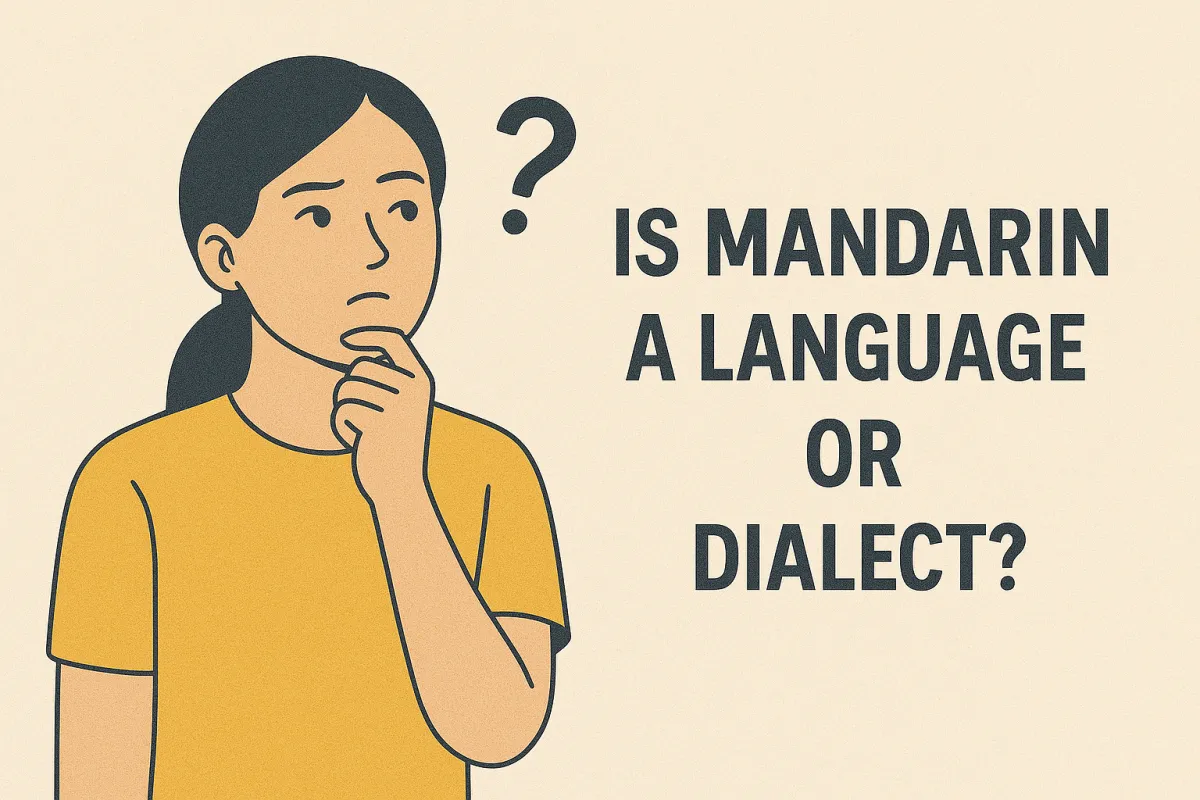
Is Mandarin a Language or Dialect?
Is Mandarin a Dialect or a Language?
Mandarin is often mistakenly referred to as a dialect, but in reality, it is a language in its own right. While it shares historical roots and a writing system with other varieties of Chinese—such as Cantonese, Hokkien, and Hakka—Mandarin has distinct characteristics that set it apart both linguistically and phonetically.
Shared Writing System, Different Sounds
Like other Chinese languages, Mandarin uses Chinese characters (Hanzi) as its writing system. These characters represent meaning rather than sound, which allows the same written word to be used across multiple Chinese languages—even if the pronunciation is entirely different.
For instance, the word for “mother” is written as 妈 in both Mandarin and Cantonese. However, it's pronounced mā in Mandarin and maa1 in Cantonese. So while the written form is shared, the spoken forms are not mutually intelligible.
Tonal Language with Distinct Rules
Mandarin is a tonal language, meaning the pitch or intonation used when saying a word can completely change its meaning. Mandarin has four tones (plus a neutral tone), and mastering them is essential to being understood.
Take the syllable “ma” for example:
mā (妈) – mother (high level tone)
má (麻) – hemp (rising tone)
mǎ (马) – horse (falling-rising tone)
mà (骂) – to scold (falling tone)
This tonal feature is shared with many other Chinese languages, but the number of tones and how they're used differ. Cantonese, for instance, has six to nine tones depending on the region, making it more complex in this aspect than Mandarin.
So, Is Mandarin a Dialect?
Linguistically, Mandarin is considered a language, not just a dialect. In fact, the term "dialect" can be misleading when talking about Chinese languages. Many so-called "dialects" like Cantonese and Hokkien are mutually unintelligible from Mandarin and have their own rich vocabularies, pronunciation systems, and sometimes even grammatical structures.
In Summary
Mandarin is not just a dialect—it's a full language with its own pronunciation, tone system, and regional variations.
It shares the written script (Hanzi) with other Chinese languages, but the spoken forms are often completely different.
Understanding the distinction helps learners appreciate the depth and diversity of the Chinese language family.
